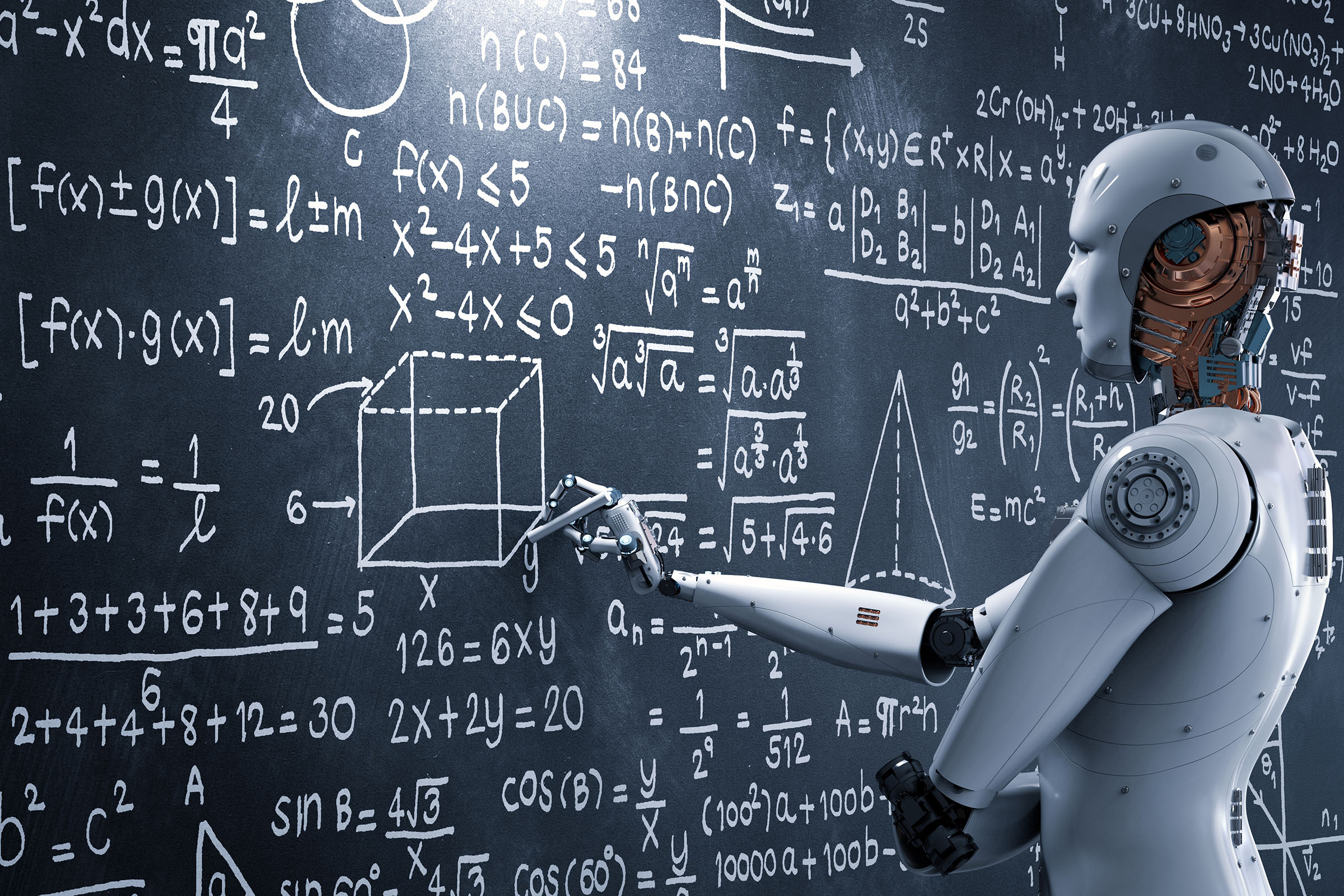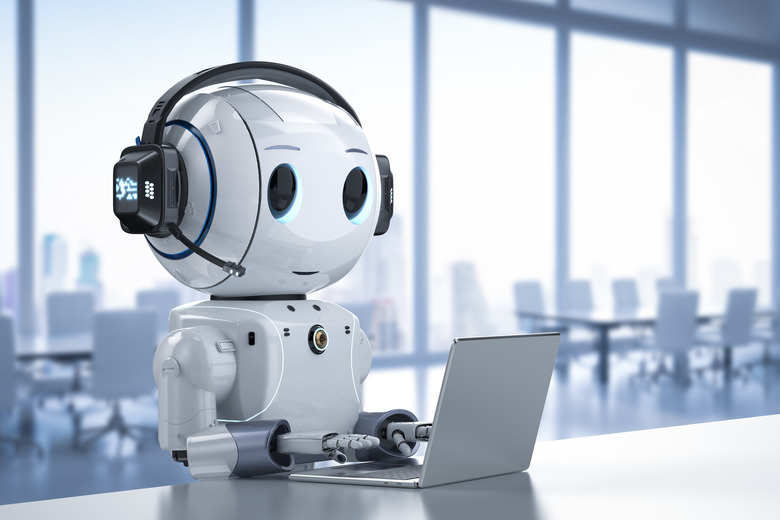Get Ready For Creepy AI Robots With Human Facial Expressions
China has reportedly developed a robot that can respond with natural human facial expressions. The robot was created by Liu Xiaofeng, a professor at Hohai University in Jiangsu Province, and his research team. They presented the new robot in the scientific journal IEEE Transactions on Robotics, and it supposedly will utilize a novel method for synthesizing facial expressions based on Action Units.
This, the researchers say, should allow for them to create more intricate facial expression images on the robot's faces. This is all part of a goal to create more diverse and realistic facial expressions, which they hope will enhance the robot's ability to display different emotions throughout conversations.
Of course, seeing a robot with more natural facial expressions is intriguing but also probably a bit unsettling. To create the enhanced emotional and facial expressions, the researchers say they had to create a specific network for mapping the motor commands needed to connect expressions with the robot's facial reactions.

This was then based on emotional training material. Something like this would probably prove very useful on the AI butlers that we've seen popping up as of late. However, there isn't always a need for facial expressions. Obviously, China's rifle-toting robot dogs probably don't need realistic facial expressions—that would just make them even more terrifying.
The researchers say that their latest robot improved the accurate prediction of motor commands. By incorporating the actual motor positions as limitations, they've refined the process and made it more precise. This should allow them to deliver natural facial expressions to the robot's face.
They'll also need to blend all of these advancements with a complex animation engine and a user-friendly interface, which will allow human operators to control the robot in real time. This would allow the robot to be used as a live performance robot and even allow for more interactive experiences.
